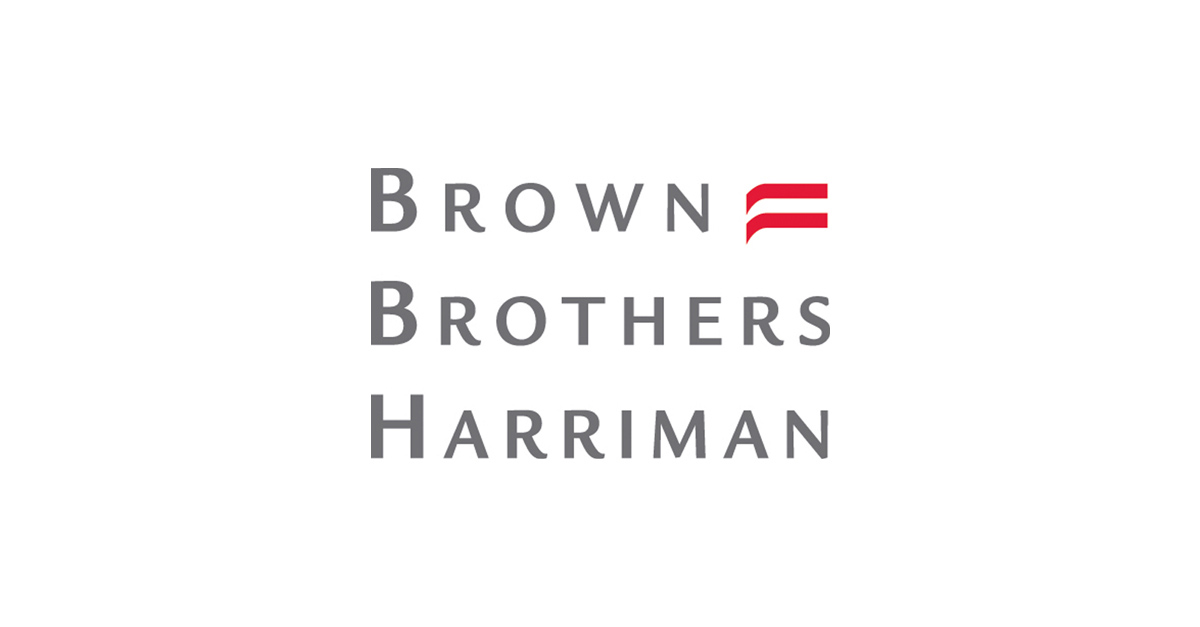Active ETF inflows are poised to challenge passives in Europe as new launches, mutual fund conversions and increased education drive assets into the nascent product class, according to Andrea Murray, European vice president of market engagement for ETFs and Andrew Craswell, European head of ETF services at Brown Brothers Harriman.
While the US has led the way in the shift to active ETFs due to specific tax advantages, BBH’s 2023 ETF investor survey found 92% of global investors surveyed allocated to active ETFs, with 42% switching from active mutual funds.
Europe currently has the lowest enthusiasm for the product class, with 32% planning to increase their active allocations in the coming year. However, with little over 100 products housing around $25bn assets, this growth story is still in its early stages.
With the active ETF roster beginning to fill out in fixed income, new ETF share classes of existing mutual funds in Ireland and even ARK Investment Management entering Europe, the writing appears to be on the wall that the age of active is arriving in Europe.
BBH has predicted ETFs will house $30trn by 2033. What role will active ETFs play in driving this?
Globally, we are seeing a trend of increased adoption of actively managed ETFs particularly within fully transparent products. According to ETFGI, already in the first half of the year, actively managed ETFs have had a record $583bn invested globally which is a 20% increase from the end of 2022. This is a trend that we expect to continue as larger asset managers recognise the benefits of expanding their distribution channels by bringing innovative active ETF solutions to the market.
How significant is the role of semi-transparent active ETFs and would there be demand for such products in Europe?
Although the introduction of semi-transparent ETFs was initially embraced in the US with much fanfare, they have not been nearly as successful as their fully transparent peers, which confirms that investors want to see what is under the bonnet. It is a good lesson for Europe as we wait for regulatory approval for semi-transparent capabilities. Even if it opens options for new entrants to the market, the ETF industry may not reap the benefits of a “build it and they will come” scenario with semi-transparent vehicles.
Are European active mutual fund managers looking to bring their IP into ETFs via conversions and new ETF share classes?
While this has been a popular topic of discussion for years, it was only recently in Q2 did we see the first two firms list an ETF as a share class for their Irish-domiciled products. Now that the leap has been taken, we certainly expect others to follow suit. It also opens previously locked doors for new, larger entrants into the market who now want to take advantage of this listing strategy.
Are platforms in Europe paying attention to active ETFs?
We are not seeing a massive adoption of active ETFs by European platforms because the current market is just too small at approximately 2% of overall UCITS ETF assets. This will certainly change as investors increase their knowledge and demand for these products. The general complaint is that European ETF platform availability is not ubiquitous and platforms want to see client demand before making new ETFs available. The market needs to see greater adoption of active ETFs before platforms seriously consider adding these products at a rapid pace.
What concerns do investors have when looking at active ETFs?
It is not so much a list of concerns but more a lack of education around active ETFs. Increased education is still an area of need even for plain vanilla ETFs, which have existed for 30 years. The European ETF industry is still just scratching the surface with clients in terms of what is available on the active side and how they work. In reality, the story is simple. They are very much like an active mutual fund but trade throughout the day and have the same benefits as passive ETFs. Some of these ETFs even have the star portfolio managers that European investors seem to gravitate towards.
First mover advantage can be crucial in underdeveloped parts of the market. Is this the case in active ETFs?
There tends to be a slight FOMO mentality in the industry where some firms are nervous to take the dive into unfamiliar territory and prefer the wait-and-see approach by allowing others to take the plunge first. The primary problem with this is missing out on first mover advantage which in most cases, is a critical component for success. Once an asset manager decides to enter the market, they may have already potentially sacrificed their marketing edge, distribution and asset growth to a competitor. Active ETFs are still in the nascent stages in Europe and at just 2% of the overall market, have not gained huge traction yet. However, the European ETF market tends to follow US trends and right now we are seeing rapidly rising demand for active ETFs in the US Just recently, active ETF flows have surpassed passive and we expect that will eventually be the same in Europe. And if an asset manager is late to the game, they may end up watching their competition from the bench.
The views and opinions expressed are for informational purposes only and do not constitute investment, legal or tax advice and are not intended as an offer to sell, or a solicitation to buy securities, services or investment products. Views and opinions are current as of the date of the publication and may be subject to change.



